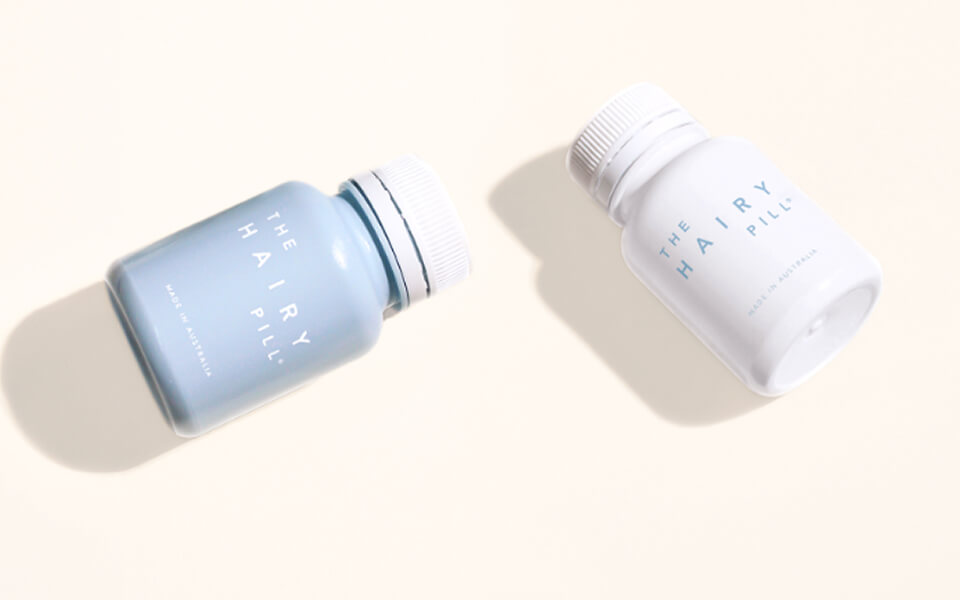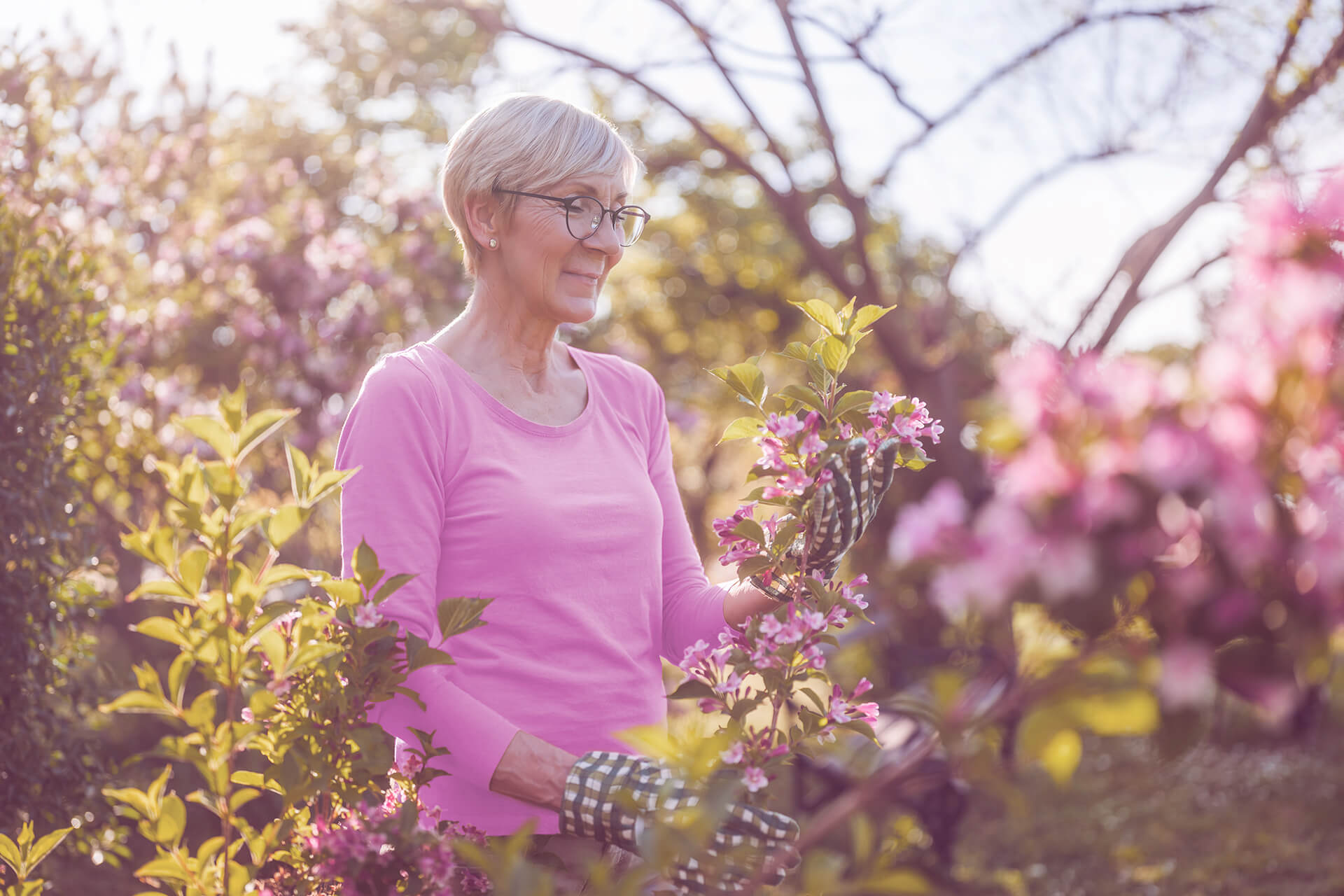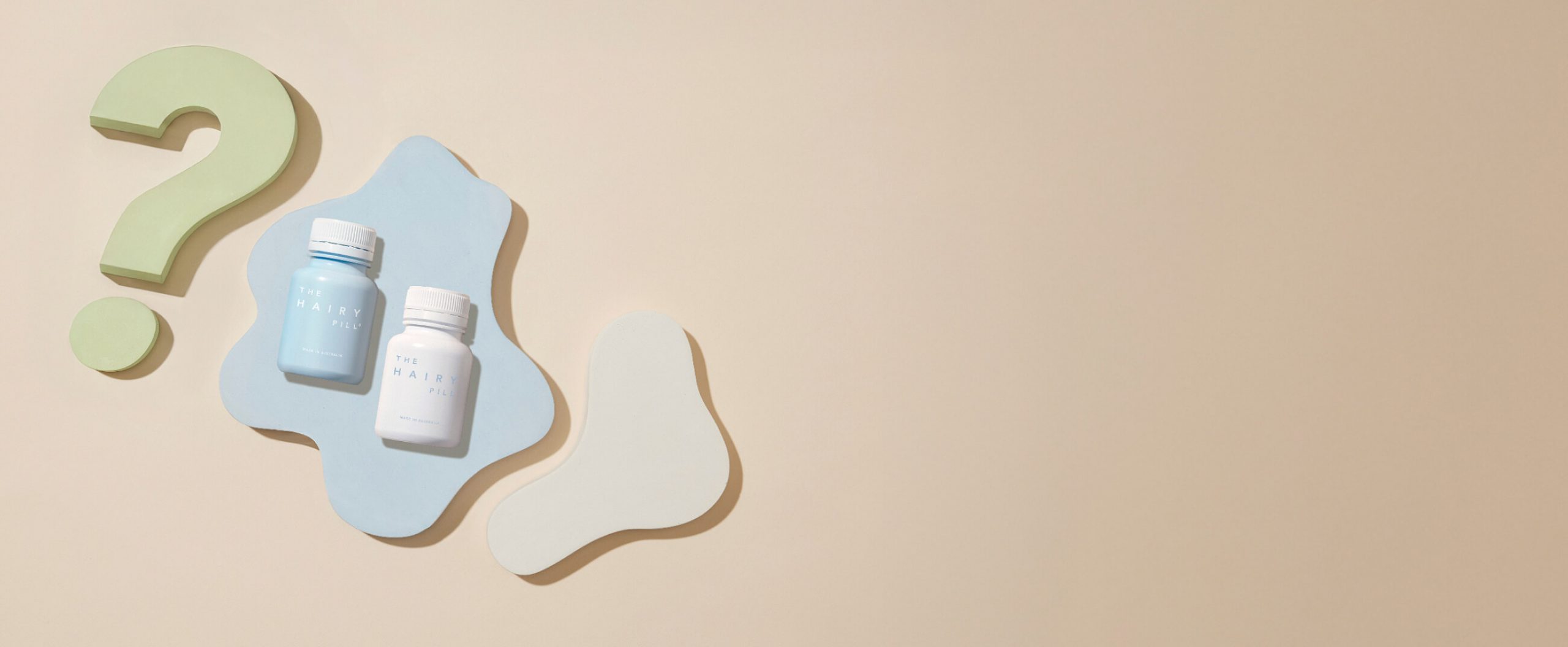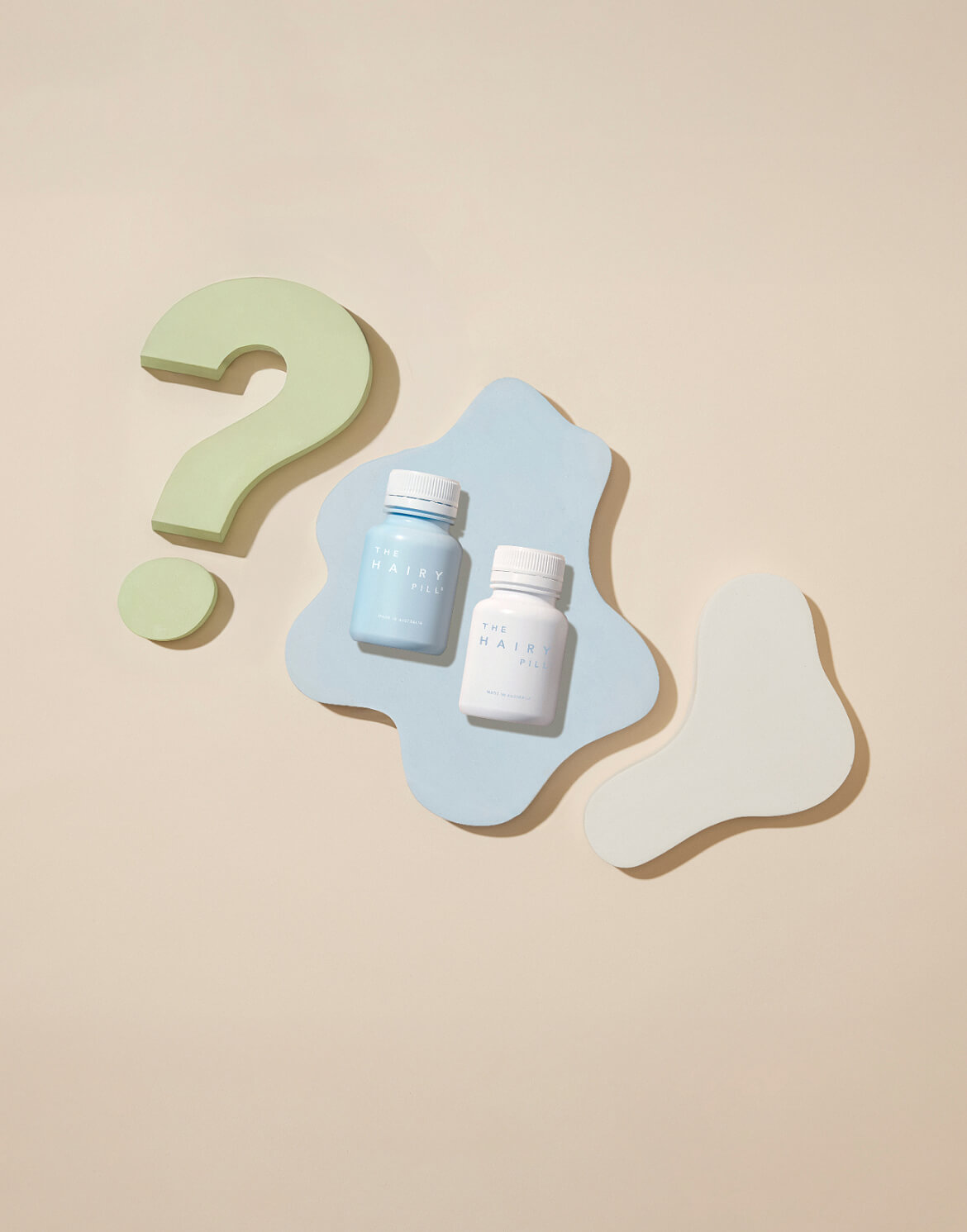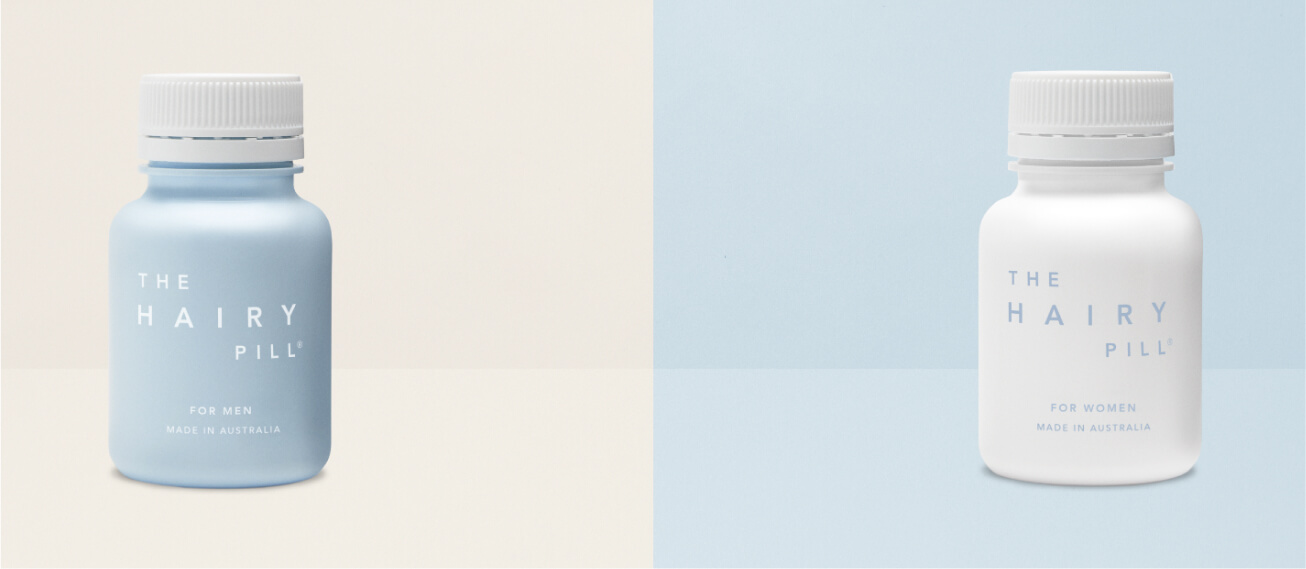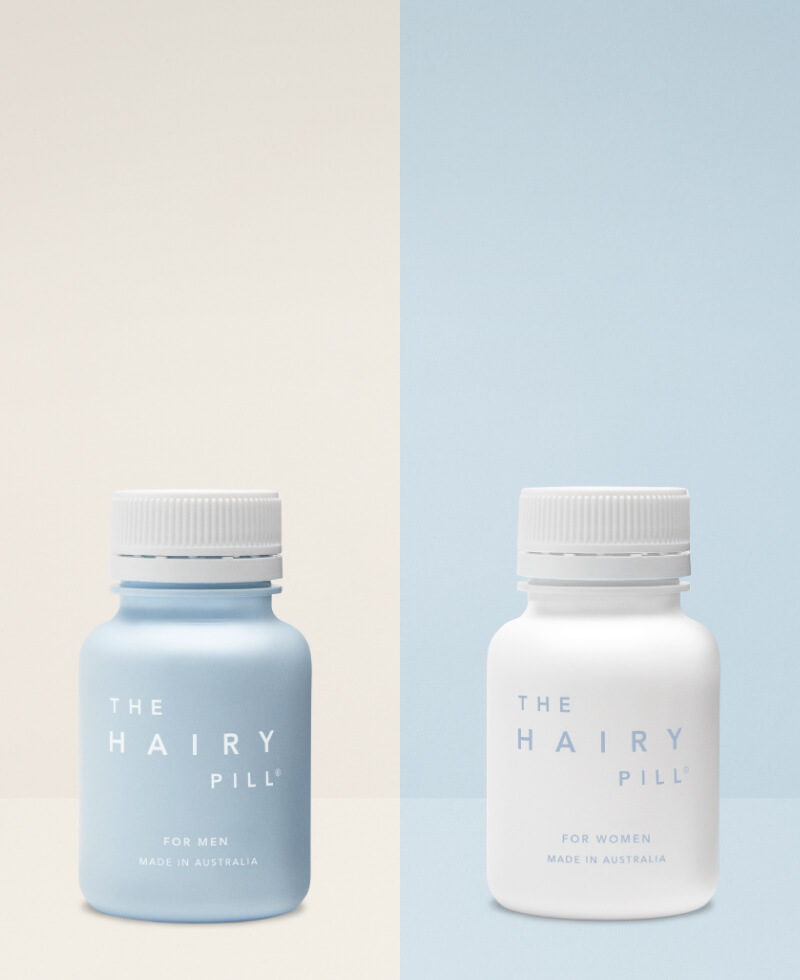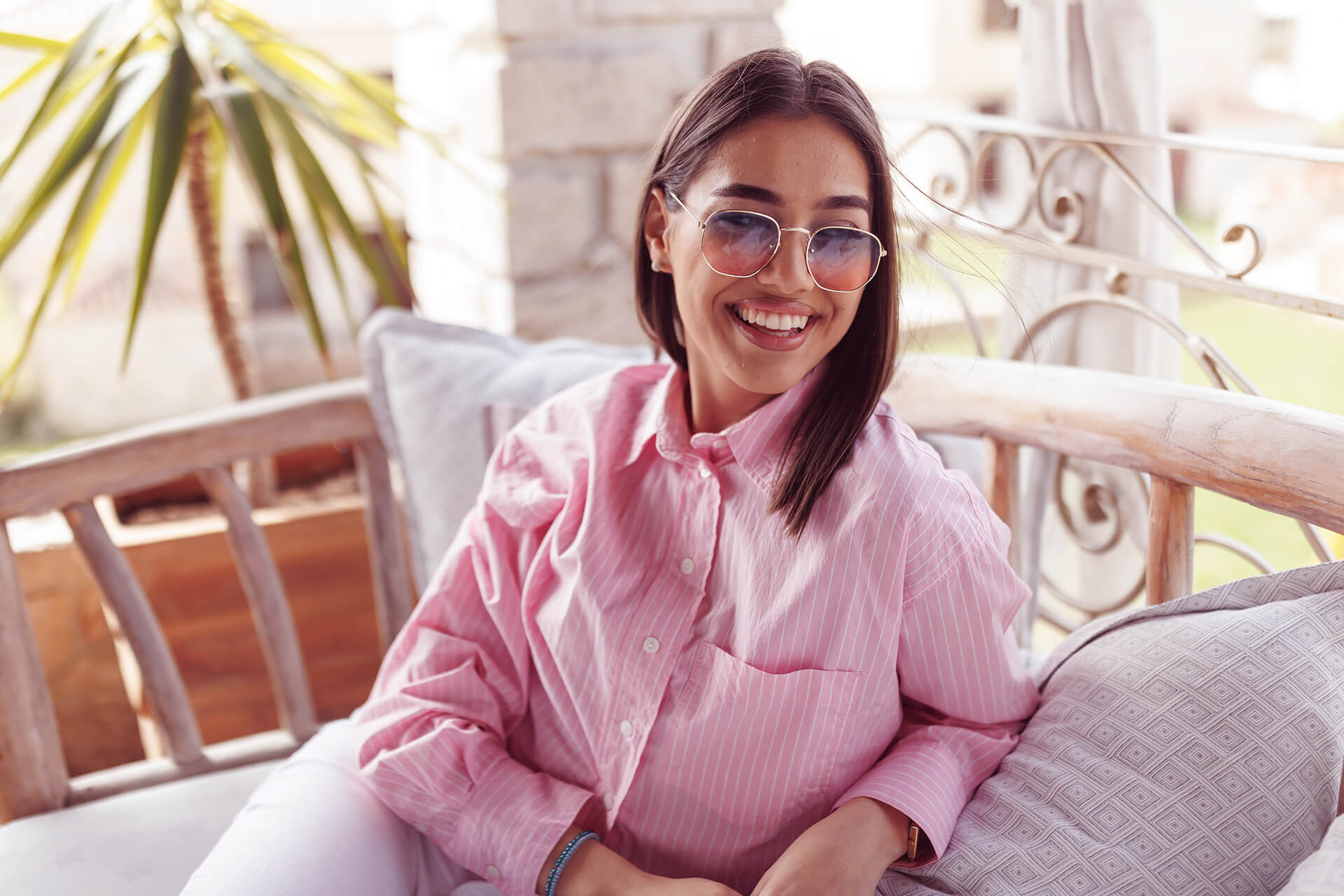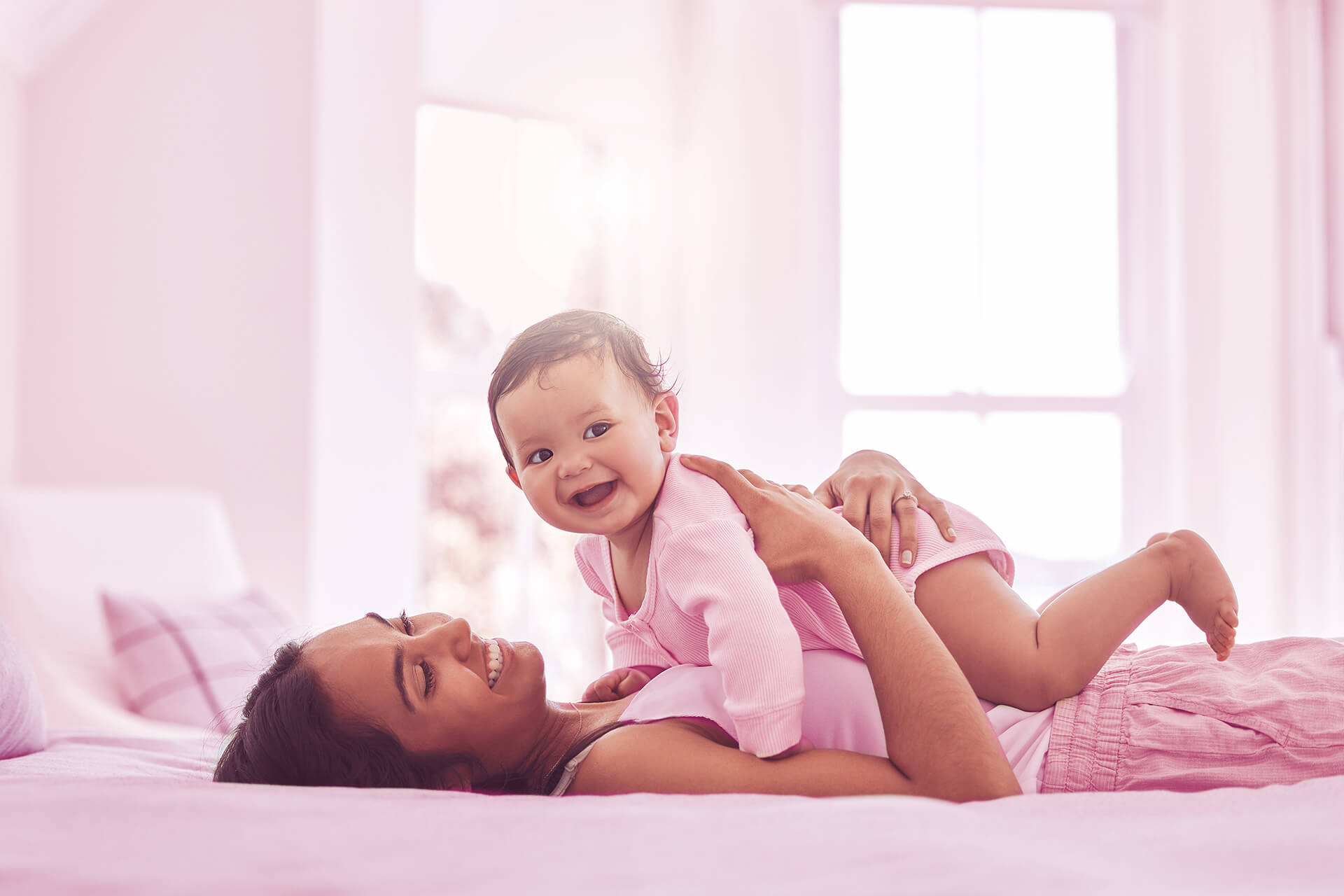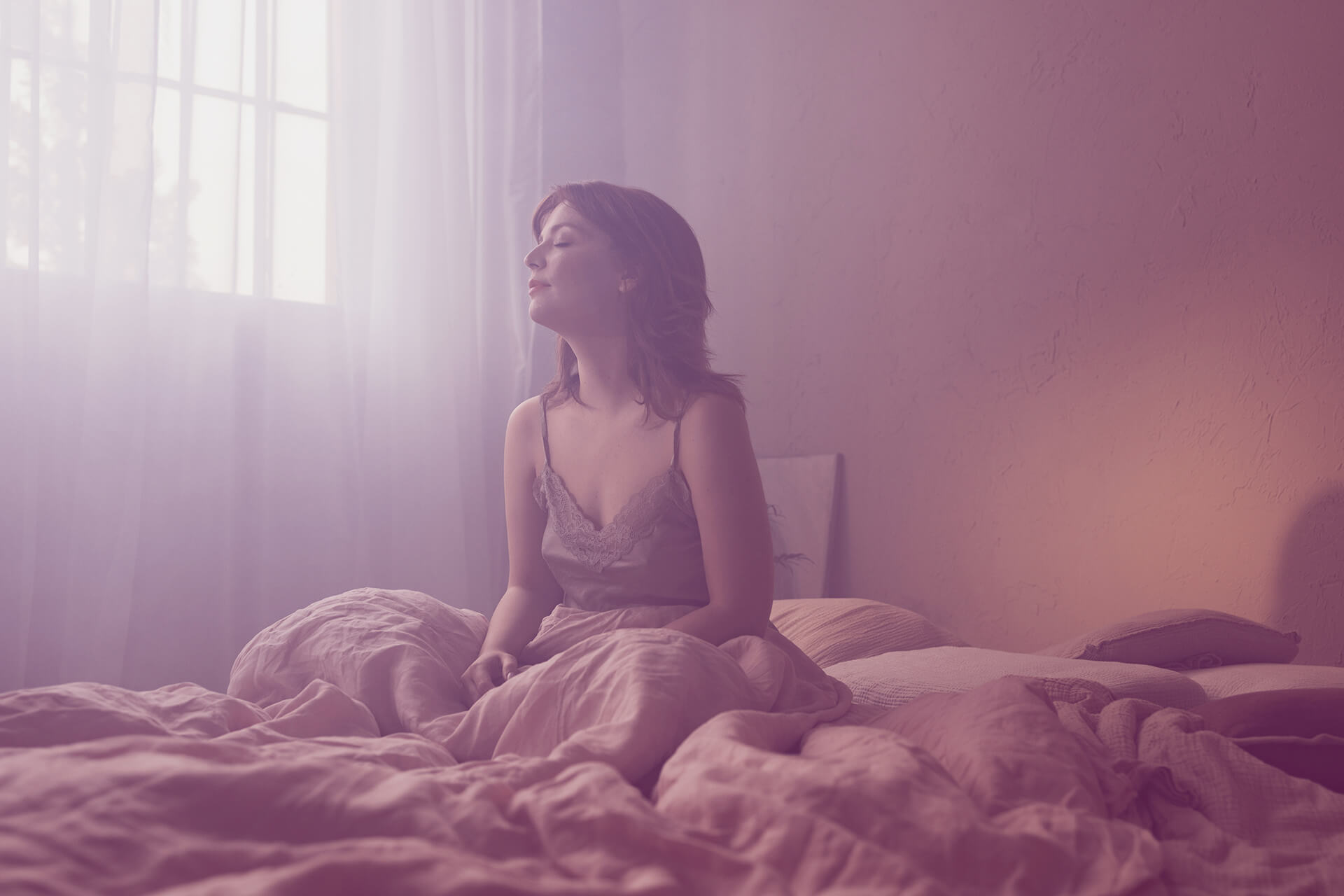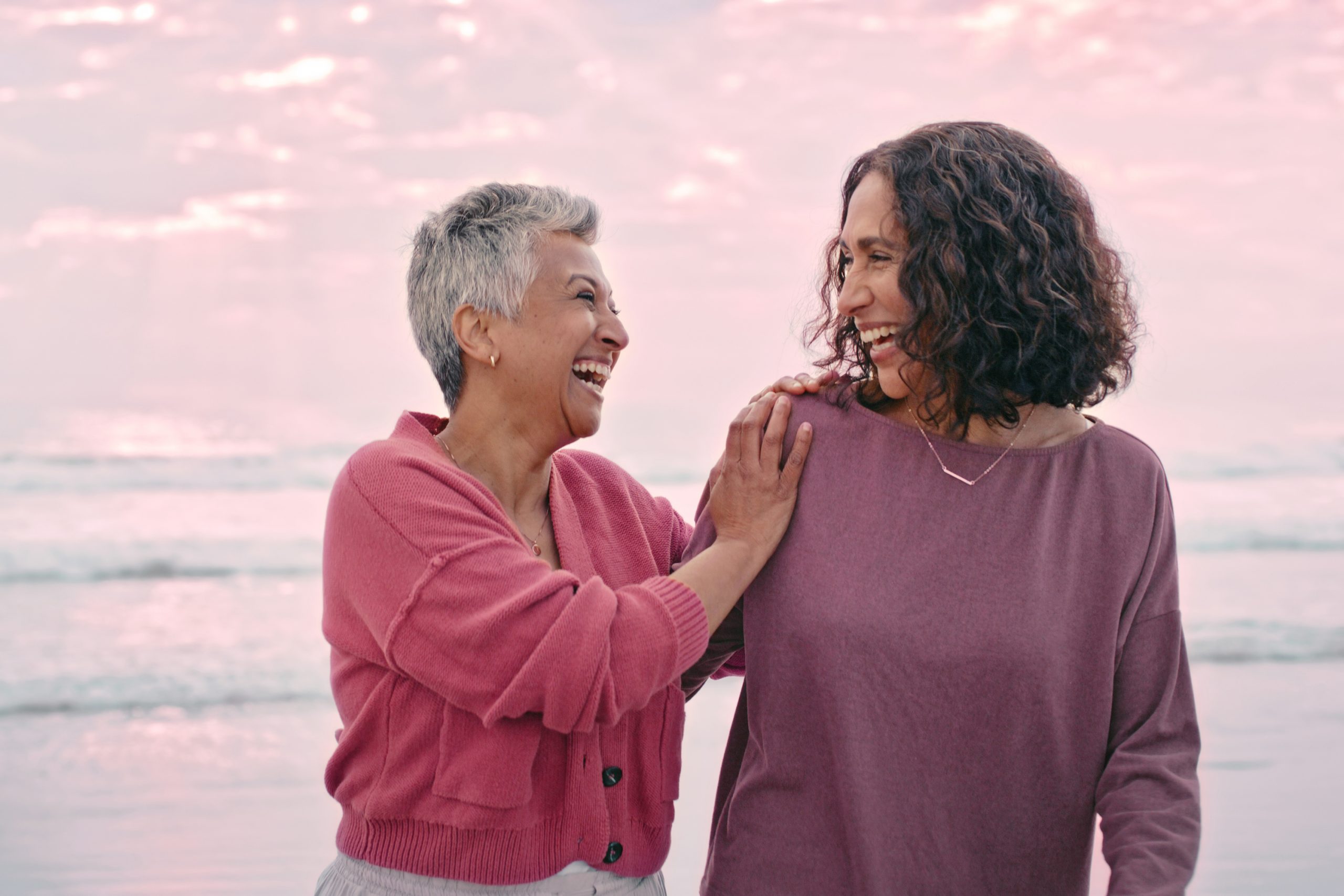When Deb Jones started to lose her hair in handfuls after a bout of COVID-19, she feared that she would lose it all. Surely, she would eventually end up bald?
It’s true, women can go bald. But it’s incredibly rare and looks a bit different to what you might expect.
Women are unlikely to develop the shining pate of Bruce Willis or the receding hairline of Jack Nicholson.
Instead, hair loss in women usually presents as diffuse thinning across the scalp and a widening part. Female hair loss is more common than you think but that doesn’t make it any less distressing to go through.
So let’s take a closer look at the symptoms and causes of women’s baldness (or more accurately, hair loss) and some possible treatments.
Can Women Go Bald? Understanding Baldness in Women
The short answer is yes, women can go bald. But it’s very rare. Like men, women can experience a hereditary hair loss condition called androgenetic alopecia, or female pattern hair loss (FPHL).
Unlike men, women rarely experience a receding hairline or a balding crown. Female hair loss is more subtle.
It usually looks like greater hair shedding and general thinning across the scalp. It may be hard to identify but it can be most noticeable at the top of the head, where the part may grow wider.
Female pattern hair loss is more common than you might think but it occurs later in life than male pattern baldness.
Just 12% of women start to develop noticeable female pattern hair loss by the time they hit 30. But more than 50% of women will have some degree of hair loss before they turn 80.
Even so, few women — fewer than 1%, in fact — will develop the severest form of female pattern hair loss with total balding on the crown or a receding hairline.
Discover if The Hairy Pill® is right for you.
Take our short hair health quiz and we will work out if The Hairy Pill® can help you and your hair.
Take the quizSymptoms of Female Baldness: How to Spot Hair Loss in Women
FPHL isn’t always easy to detect in the early stages because it typically involves a noticeable thinning of the hair across the scalp.
Let’s take a look at some of the main symptoms of female baldness or hair loss.
Seeing More Hair Fall Out Daily
Have you noticed more hair than usual on your brush, on the pillow, or on the shower floor?
Hair loss can be so gradual that there are almost no noticeable signs of hair thinning up top.
But on external surfaces? That’s a whole other matter.
For many women, an increase in the amount of hair shedding is the first sign that they might be losing more hair than usual.
Just keep in mind that we can shed up to 150 hairs a day as part of the natural hair growth cycle so your hair loss needs to exceed what you’re used to.
Having Smaller Ponytails
Have you found you need to loop your ponytail through your hair tie one more time than usual?
Thinning hair can be hard to spot on your scalp but it may become more noticeable in the thickness — or rather, the increasing thinness — of your ponytail.
Having a Wider Centre Part or More Scalp Visible
Thinning from female pattern hair loss usually occurs on the top and crown of the scalp, rather than at the front hairline (which we often see in male pattern hair loss).
While the thinning is generally diffuse, the hair loss may become more noticeable when the centre hair part starts to widen.
The pattern of hair loss here is often likened to a Christmas tree, with thinning branches emanating from the centre part.
Ready to start your hair growth journey?
- Free express shipping
- Unlimited doctor consultations
- Simple once a day treatment
The Main Causes for Hair Loss and Baldness in Women
Hair loss in women could come down to genetics or it may be that something more serious is at play. For this reason, it’s best to consult a hair loss doctor if you’re concerned about your hair loss.
Genetics
More often than not, female pattern baldness or hair loss is genetic and triggered by age.
We inherit genes that determine how sensitive our hair follicles may be to the hormones and other factors that contribute to hair loss.
Hormonal Changes
As women go through significant hormonal changes, such as pregnancy or menopause, their hair may be impacted.
Hair loss often occurs when oestrogen levels decrease in the body and the effects of male androgen hormones (believed to have some responsibility in hair loss) may be stronger.
Autoimmune Disease
Alopecia areata is a rare autoimmune condition that is usually diagnosed in childhood and causes round, bald patches.
It occurs when the immune system mistakenly attacks hair follicles. These damaged follicles shed their hair and are unable to grow any more.
Medication
Hair loss may be a side effect of certain medications, including:
- Retinoids
- Beta-blockers
- Blood thinners
- Birth control pills
- Some steroids
- Calcium channel blockers
- Antidepressants
- Nonsteroidal anti-inflammatory drugs (NSAIDs)
- Chemotherapy drugs
Your hair should start to grow back once you stop taking the medication.
Illness
A significant illness, infection, or disease may contribute to hair loss. These may include:
- COVID-19
- Anaemia
- Thyroid diseases
- Diabetes
- High fever or infection
- Ringworm
- Eczema
- Psoriasis
Traction Alopecia
You may love a tight hairstyle but those cornrows, braids, or tight ponytails could be harming your hair.
Traction alopecia is a type of hair loss that occurs when you constantly wear tight hairstyles that pull on your hair.
Any excessive hair styling technique may damage your hair, including using high heat on your hair dryer, curlers, or hair straightener, or using harsh chemicals, such as bleaches and hair dyes.
Effective Treatments for Female Baldness
Hair loss can be hard. But it’s significantly more distressing for women to deal with. Studies show women with hair loss may develop a negative body image that can lead to feelings of low self-esteem and anxiety.
Fortunately, times are changing and some women are sporting their baldness loud and proud.
But for those women who’d love to keep their locks, a growing list of treatments are available to cover their bald spots or reverse their hair loss — with one catch. Many treatments are more effective if you start early.
Medications to Treat Hair Loss
Minoxidil is considered one of the safest and most effective treatments for female hair loss (with 60% of patients experiencing improvements).
It’s commonly the first-line therapy for FPHL and can be applied topically or taken orally to help prevent further thinning and stimulate regrowth.
With any hair loss medication, ongoing treatment is required to maintain the improvements. If the medication is stopped, the hair loss may return.
The Hairy Pill® is an alternative hair loss treatment. The personalised therapy has been researched, tested, refined, and patented by a world-renowned dermatologist.
Here’s how it works.
The treatment is made specifically for you with clinical grade actives, as well as essential elements, amino acids, and vitamins that may help supercharge your hair growth.
And the best bit? It’s just one pill, taken daily, and delivered to your door.
Laser Treatment
Low-level laser therapy is an approved treatment for female pattern hair loss. It works by emitting low levels of laser light to stimulate regrowth.
While it has been found to be a safe treatment for hair loss, more research is needed to confirm its effectiveness.
Cosmetic Options for Hair Loss
Wondering how to cover women’s bald spots? Many women choose cosmetic options, such as carefully styled hairdos or wearing a wig or another head covering.
As a last resort, some women who have defined bald patches may try a hair transplant. In this outpatient surgical procedure, a doctor will remove hair from one part of the scalp with healthy hair growth and transplant it to the bald spot.
Little Things to Help Prevent Baldness
While it may be tricky to prevent hereditary female pattern hair loss without medical intervention, there are a few things you can do to maintain healthy hair and prevent breakage or damage.
Protection from the Sun
Did you know the sun can be just as harmful to your hair as it can be to your skin? The sun’s ultraviolet (UV) rays can make hair dry, dull, brittle, and prone to breakage.
The best and easiest way to protect your hair from sun damage is to wear a hat or other head covering.
It’s also a good idea to avoid excessive heat styling and chemical treatments, as these can further damage hair that has already been exposed to the sun’s harmful rays.
Limit Damaging Hair Treatments
Over time, some hair styling treatments can weaken your hair or damage your hair cuticles (the outer layer of your hair). Keep the following activities to a minimum:
- Perming
- Straightening
- Using hair extensions
- Bleaching
- Blow drying on the highest setting
- Curling
Diet
Just as the rest of our body thrives from a healthy diet, so too does our hair. A diet that is well-balanced and full of nutrient-dense foods can help keep our hair strong and healthy.
Since protein is the building block of hair, protein-rich foods (such as lean meats, fish, eggs, and legumes) may help promote healthy hair growth. So too might foods high in iron, zinc, and omega-3 fatty acids.
Start The Hairy Pill® Treatment with the Help of a Doctor Today
Though extremely rare, women can go bald. Many more women will notice that their hair thins out as they age.
Fortunately, there are effective treatments that may help prevent further hair loss and promote healthy hair growth.
Let’s start with The Hairy Pill®. This personalised hair loss treatment is just one pill a day, compounded specifically for you and delivered to your door.
No gimmicks. Just science.
It takes just 5 minutes to begin your treatment today. Get started.


